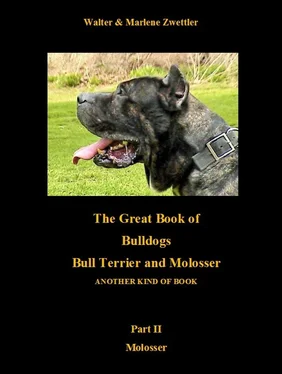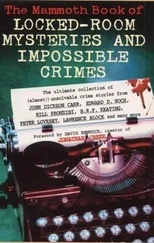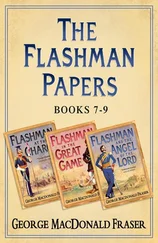These valuable and proud dogs don’t deserve that. I hope this will be spared them, however fear that my hope will be in vain.
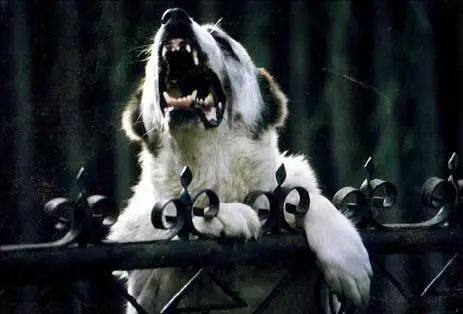
Former the wolf, now the mail carrier
At this point I would like to thank all those that supported me with information and pictures: Deltari Illir , Kosovo; Lutfullah Ayan and Mehmet Yalcin , Ankara; Boz Kennels , Istanbul; Almaz Kennels , USA.
hen the Romans conquered Britannia in 50 B. C. they met the so called “pugnaces” or war dogs, the early ancestors of the Mastiff and the Bulldog. The Romans sent a considerable number of these dogs to Rome to let them fight in their amphitheaters. Already then these dogs existed in two sizes, a taller and a smaller variant. The actual separation in Mastiff and Bulldog took place in the 17 thcentury. However, these old Mastiffs might have looked like more the Bullmastiff in type and in size.

At the beginning of the 19 thcentury the Mastiff more or less seemed to have extinct. At the end of the 18 thand during the 19 thcentury many Mastiff breeders imported mastiff like breeds and some breeders used these breeds, being i. a. described as Alpine Mastiffs, Spanish Bullmastiffs, in their breeding program.
A Mr. Thomson bred a bitch called Duchess, which had an unusual big head with a short and dull muzzle, and with whom he had been successful on the shows in the years 1863 – 1865. Many favored this head type, others again thought that the breeding for a shorter muzzle would be wrong and would ruin the breed. However, the breeding for a broader head and a shorter muzzle brought back in the breed the original head type.

Ch. Marcella, at the end of the 19th century (breeder: R. Leadbetter)
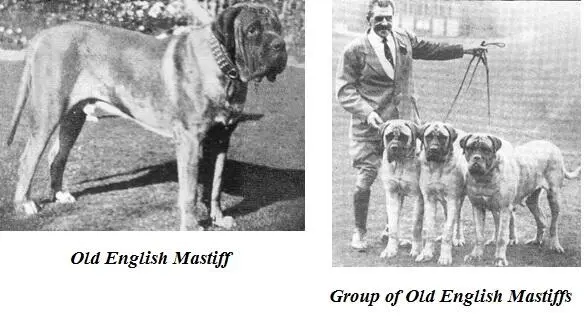
After World War I and II the number of the dogs decreased drastically in England, as not many people could effort the keeping of such a big dog. Many dogs were killed, some sent to America. There were only left a few mastiffs after World War II, in 1947 there could be found only seven (!) specimens in England. Also in the USA there were not much more to be found. Some more dogs still existed in Canada, so in 1949 a pair was sent to England. Because of the sacrificing work of the Old English Mastiff Club and his member the number of the Mastiffs increased again.
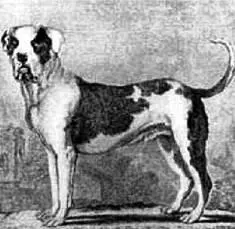
Mastiff 1755
The early Mastiffs showed a great variety of colors. Mastiffs with big white patches, often on the chest or across the muzzle weren’t rare. There even existed spotted dogs, also black Mastiffs weren’t unusual.
Today’s Mastiffs are brown, silver-brown, brown brindle, apricot brindle and black brindle in color. Still today Mastiffs with a longer coat are born sometimes, because of the crossing with the St. Bernard (Alpine Mastiff). Some even state that such crossing in certain lines goes back only 20 to 30 years.

Mastiff in Italy

ulldog and Mastiff have the same origin, but developed in different ways. However, crossings of both breeds have always taken place. You also can suppose that the early British Molossers looked more like today’s Bullmastiff than today’s Mastiff in type and stature.
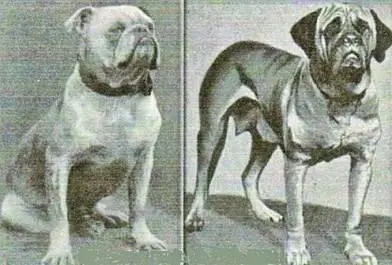
Bulldogge Jack & Mastiff Elder’s Maid
Bulldog of old type and Mastiff at the end of the 19th/beginning of the 20th century
Already in the 19 thcentury there existed Mastiff/Bulldog breeds, which were called “ Keeper’s Nightdog ” or “ Mastiff with a dash of Bull ”. Therefore six dogs were shown in the “Yard or Keeper’s Nightdog Class” on the Crystal Palace Show in 1871.

Bullmastiffs 1893; painting by Wright Barker (1864 – 1941)
The term “ Keeper’s Nightdog ” or “ Gamekeeper’s Nightdog ” derived from the dog’s duties. They were used for personal protection against poachers by the gamekeepers. They should be able to pull a poacher to the ground, but not injure him, at which they preferred the brindle dog, as this color melted better with the darkness and the poacher couldn’t see the dog.
Generally Mr. S. E. Moseley is regarded as the creator of the modern Bullmastiff, using 60% Mastiff and 40% Bulldog. However, other breeders too, like Thorneywood Kennels, W. Burton, J. H. Barrowcliffe, J. H. Biggs, V. J. Smith only to mention a few, have been important for the breeding of the modern Bullmastiff. Finally, in 1924, the Bullmastiff has been recognized as a breed.
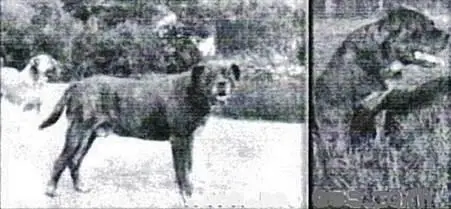
Bullmastiff Ch. Brum in the 1920’s
The reason to create the Bullmastiff was to combine the guarding capability of the Mastiff with the courage of the Bulldog, being faster and more agile than the Mastiff, although the Mastiff has been more agile in former times than today.
The Bullmastiff is a reliable watch dog, very affectionate to his family and can distinguish between friend and enemy. At work he shows great stamina.
The Bullmastiff belongs to the smaller Molossers, he is very muscular and more compact than the Mastiff. He is very powerful, has heavy bones, a wide and deep chest. The head shall be big and square, with not too much wrinkles. Level mouth, undershot permitted, but not preferred. The color is brown, red or brindle. The male’s weight ranges from 110 to 130 lbs., with females from 90 to 110 lbs.
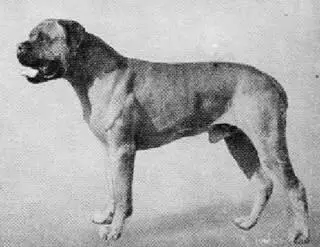
Bullmastiff in the 1960’s
ith the Germanic tribes and until the Middle Age in the area of today’s Belgium, Holland, Germany and Poland have already existed strong, broad muzzled dogs, being called depending on their use boar catchdogs, bull or bear biting dogs.
Читать дальше
